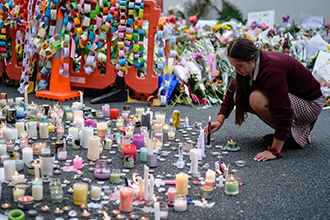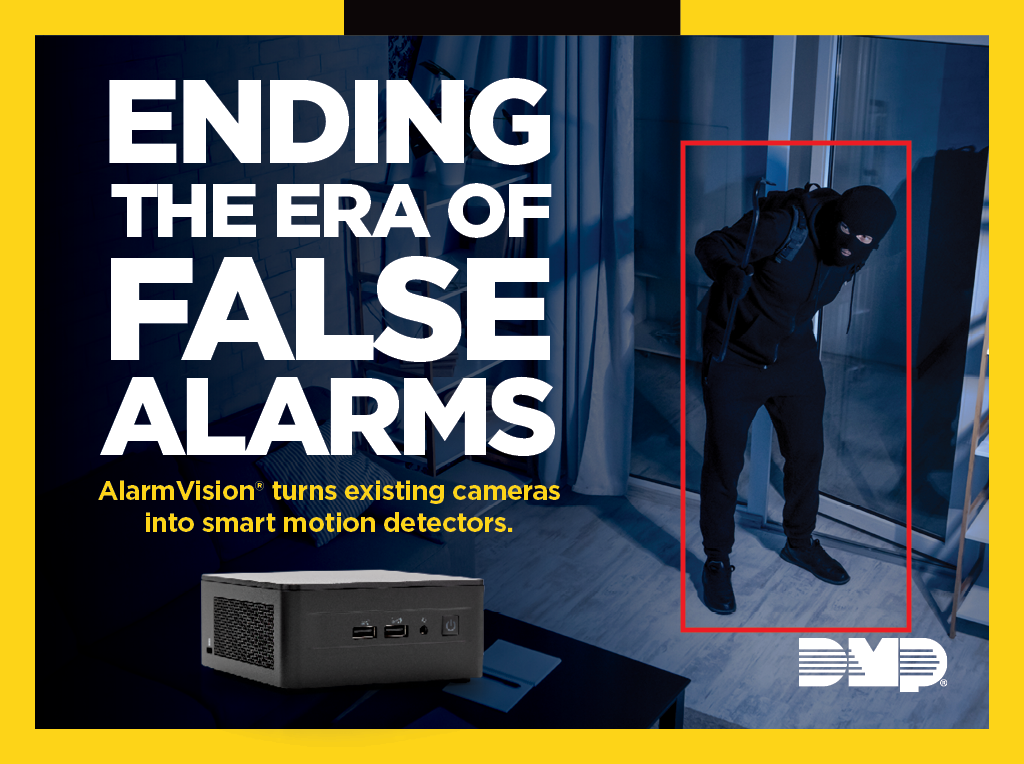Whether it is Catholic churches in Sri Lanka, Mosques in New Zealand or Synagogues here in the United States, terrorists continue to commit destructive or violent acts in places of worship that many people hold sacred. Whether it is Catholic churches in Sri Lanka, Mosques in New Zealand or Synagogues here in the United States, terrorists continue to commit destructive or violent acts in places of worship that many people hold sacred.
But unlike public schools, which require some form of funding through the legislative process to enhance their security infrastructure, the most vulnerable targets, places of worship, have no means to attain public funding. At the same time, they are unbound by laws and regulations (for the most part) on how to protect their own premises and congregations from terror attacks.
The electronic security and life safety industry has and will continue to play a pivotal role in addressing the new and emerging threats to places of worship. While target hardening with armed human assets is one obvious means, electronic access control, audio/video surveillance and other measures will also play a large part in providing a comprehensive security infrastructure.
When St. Patrick’s Cathedral in New York City was nearly firebombed, it happened that the Cathedral had police protection. Few places of worship have the funding for 24-hour police protection. At the same time, many churches try to keep at least portions of their buildings open for worshippers, although this is unfortunately becoming less common.
According to the FBI, 277 active-shooter events killed 884 people and injured 1,544 between 2000 and 2018. That is a startling number.
Schools and workplaces are the most common sites, but other targets include government buildings, outdoor events and places of worship, which saw 11 shootings in the period studied. That number seems to be well on its way to rising as the combination of 24/7 news and disturbed minds leads to “copy-cat” action.
Churches, synagogues and mosques are beginning to address the concerns of worshippers and their spiritual leaders. It is no longer possible to assume that “it couldn’t happen here”. Places of worship will have many ways to address the threat, but it is incumbent on electronic security and life safety companies to participate in their planning and budgeting process.
Police and security specialists will also play a role in protecting worshipers, but they can only provide a portion of the solution. Like schools, a holistic approach is needed, and ESA members will provide a vital component.
Image Source: latestcommentary.com




